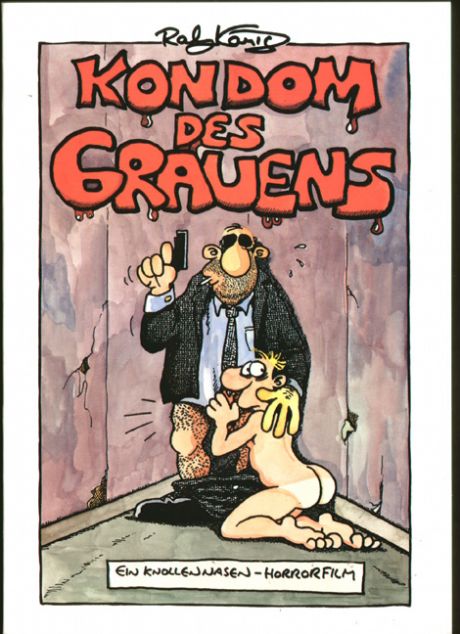

That’ll get you out of the habit of over-writing and cut down on the tedious editing that comes with it. These story beats can easily be adapted into prose and make sure you provide exposition only when necessary. So instead of telling readers that one of the characters is angry, you can focus on the “showing” by writing a panel that has him grit his teeth or curl his hand into a fist. For example, a small verbal quip or physical reaction after an intimate, dialogue-heavy encounter can make a situation feel even more real in its understatement. To me, the well-worn adage “show, don’t tell” holds true in prose as it does in any visual medium. This brings us to the underlying benefit of outlining with comic scripts: its emphasis on the action and descriptive cues in your story as opposed to excessive info-dumps. But when used with character-heavy narratives, understand that the focus of the narrative shifts from internal cues to external ones as a means of communicating a character’s arc. However, that doesn’t mean it can’t be used for stories that focus on character. That’s why this outlining method works best with action-heavy narratives. Each panel maps out every needed story beat with both dialogue and description in a way that other script formats tend to gloss over in favor of a dialogue-centric approach. It’s easier to envision the rest of the story when you only need to focus on the dialogue and action.īut why not turn it into a play or a film script?īecause comic book scripts break down the narrative into panels. Think of it as the writer’s equivalent of a storyboard. This method isn’t always necessary when it comes to short fiction, and it could be tedious when it comes to novels, but it has yet to fail me when I’ve hit a roadblock. I add panel descriptors because I also want the script to stand on its own in case I want to have it illustrated, but they’re pretty much negligible when it comes to writing your book. Naturally, not everything will come into play when adapting your script into prose.

#COMIC NEUE OUTLINE FREE#
While you can include it in the panel description, this dialogue descriptor will free it from clutter and make the script easier to read when the same character says multiple things in one panel. After each speaker’s name, you can insert a word or two that describes the way in which something is said. One underutilized aspect of comic scripts to note is the dialogue descriptor. It can be as polished and detailed as you’d like (which would save you even more time when you write the draft). Keep in mind, though, that there’s no need for it to be this sparse. The descriptions there only give you an idea of what you want to talk about during each story beat. Although the dialogue will be identical to what you’ll have in your book, the sparse descriptions will probably look nothing like the final prose. The sample above exhibits the core elements of a script-namely the panel by panel breakdown, the description that follows each, and the characters’ dialogue in that story beat.
#COMIC NEUE OUTLINE HOW TO#
All you need to know going in is how to write a comic book script. Only when it is complete, do I adapt that script into prose. These days, before I begin writing my first draft, I take my rough bullet points of the events and use them to write the entire story out in comic book script form. Recently, by dabbling in both comic book and short story writing, I’ve stumbled upon a method to outlining that not only cuts down on the number of drafts I need but streamlines my entire writing process. Yes, outlining can be a pain, but it is an effective one. I can already hear the pantsers reading this groaning. That may seem like a stretch, but keep in mind that for a good many writers, the outlining process stretches way past the planning stages and well into the actual writing. Too much? Too little? You can never really tell until you finally start writing that first draft. Sometimes, outlining is a never-ending struggle. Using Comic Scripts to Outline Your Fiction SFWA Middle Grade and Young Adult Writers.Operating Policies and Procedures (OPPM).


 0 kommentar(er)
0 kommentar(er)
